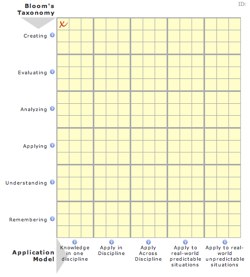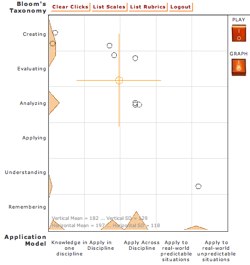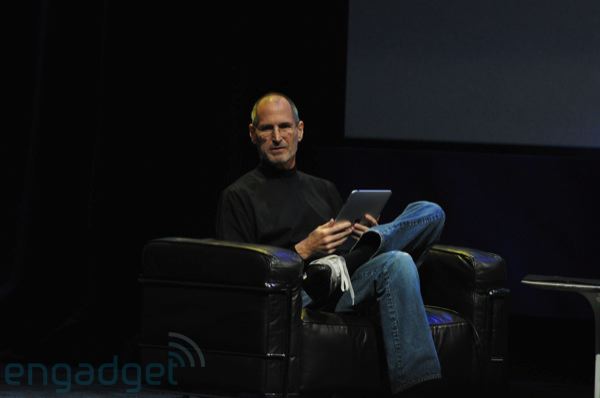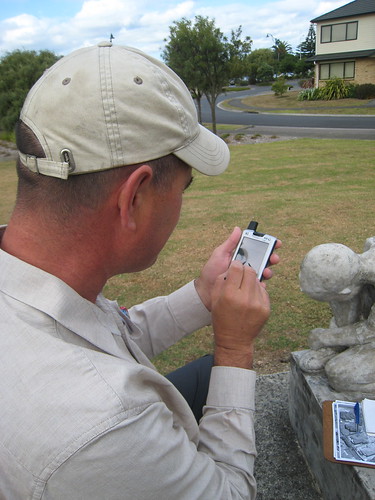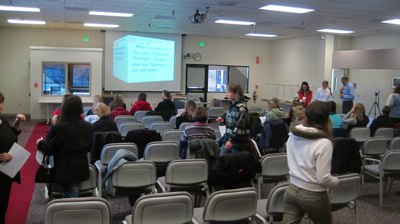 |
|
Virgin Galactica – http://www.virgingalactic.com/ |
On my way down Arch Street this morning, walking to SLA for the last day of Educon, I listened to a TED audio podcast, an interview with Richard Branson, of Virgin-Atlantic Airlines, conducted by TED curator, Chris Anderson. I didn’t know anything about Branson, except for Virgin… and his interest in space travel. So it surprised me when Anderson mentioned that he (Richard) did not have a very successful education experience. Branson admitted to being dyslexic, and that he never really understood school work. He left school at 15.
Now there are two messages that we might take from this. One, a really smart person can overcome learning difficulties and be successful. The other one, the disturbing one, “How many truly talented people has ‘schooling’ failed, individuals who haven’t found the way or the environment to success?” “How many opportunities to enable talented people as valuable contributors souls we have squandered for the sake of ‘business as usual?'”
During one of the Educon conversations I participated in yesterday, a young teacher lamented over older high school students, who should have graduated a couple of years ago. They need to graduate and get out and start living. They do not have time to do interesting learning activities, because they already have a job? What can we do for them, before it is too late.”
Here’s what I wanted to say, but didn’t, for fear that it would come across as callus. I wanted to say — should have said — “It’s already too late!” “It is too late to enable that student, who is ready to become an adult. It is too late for your high school to capture the potentials of that student and benefit from the contributions she might have made, if her personal talents had been recognized, encouraged, and harnessed.” I applaud this young teacher for here position, and for what she may be doing for older high school students, and, “Keep doing it.” We need to do all that we can. I’m not suggesting that we give up.
But I think that we need to acknowledge the tragic waste that is resulting from today’s system. We need to stop believing that we can bandaid the system into relevance. I think that we need to be willing to say, “It’s too late for her. Now, what can we do to make sure that we never have to say that again.”

